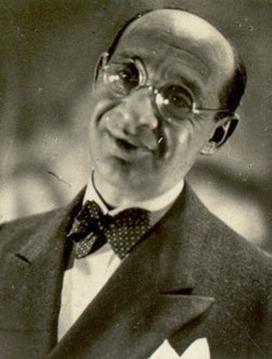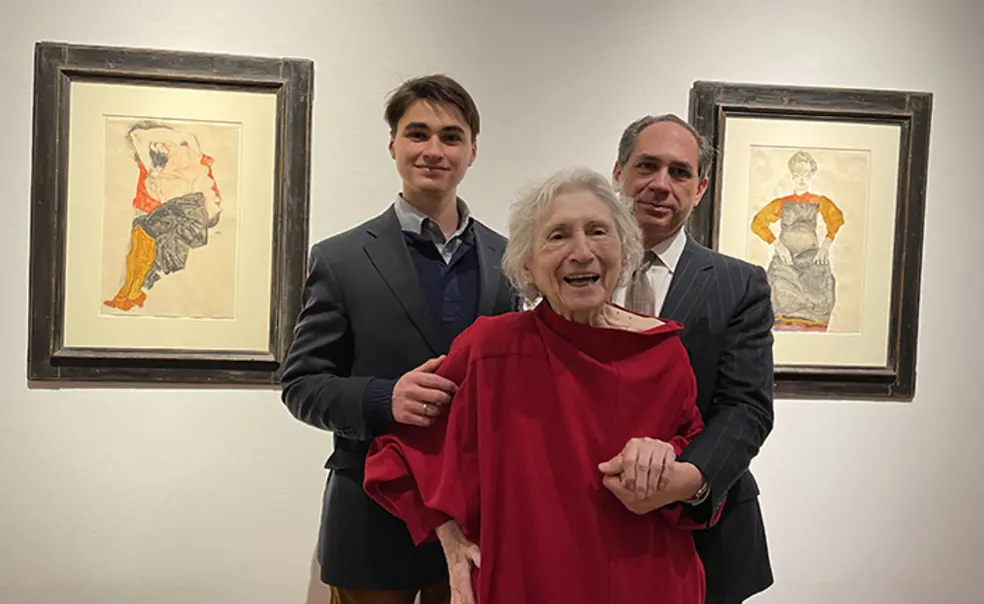Court Rules for Family of Art Collector Killed by Nazis
Timothy Reif ’80 *85 said the verdict creates ‘a small measure of dignity’ for his ancestor
In May — some eight decades after the Nazis killed one of his ancestors and a decade after launching a legal battle — Timothy Reif ’80 *85 won a decisive legal victory regarding the family’s stolen art.
The case involved two works by the celebrated Austrian painter Egon Schiele, Woman in a Black Pinafore (1911) and Woman Hiding Her Face (1912). Both had been owned by Fritz Grünbaum, a renowned cabaret performer, songwriter, and director in pre-World War II Vienna who is believed to have been an inspiration for the Joel Grey character in the Broadway musical and film adaptation of Cabaret.

Some works surfaced in the mid-1950s, when they were sold by a dealer in Switzerland, purportedly after a niece of Grünbaum’s smuggled them out. Reif and other family members, however, have fought this version of events in court for years.
Reif, who is now a judge at the Court of International Trade in New York City, and his allies won their first victory in 2014, when a Schiele watercolor, Town on the Blue River, was sold by the Christie’s auction house under an acknowledgment that Grünbaum was a previous owner, with a share of the proceeds reserved for his heirs.
The most recent case, which has been wending its way through the courts since 2015, has produced an even bigger victory. In 2019, a New York trial court ruled in favor of Reif’s family and against a London art dealer who had claimed ownership. Then, in 2022, the New York Court of Appeals upheld the lower court’s decision, 5-0. Justice Anil Singh wrote, “We reject the notion that a person who signs a power of attorney in a death camp can be said to have executed the document voluntarily. ... Any subsequent transfer of the artworks did not convey legal title.”
“It’s a little overwhelming,” Reif says of the verdict. “It’s extraordinary that our system of justice has worked to create a small measure of dignity for a man murdered 81 years ago.”
The paintings are to be auctioned by Christie’s this fall, with the heirs affiliated with Reif’s efforts donating their share of the proceeds to a foundation established in Grünbaum’s memory. The foundation will support young artists and freedom of expression in underserved communities — principles that Grünbaum cherished, Reif says.
“He made loans to stagehands and musicians in his orchestra,” Reif says. “He was generous. That is a legacy we want to share.”












No responses yet